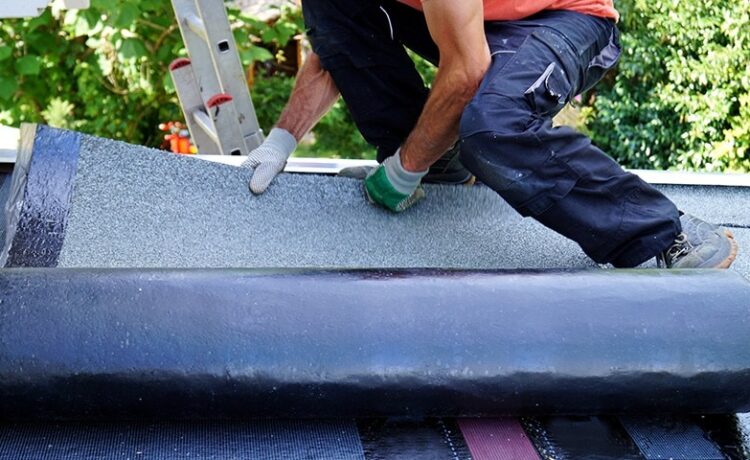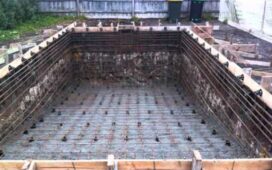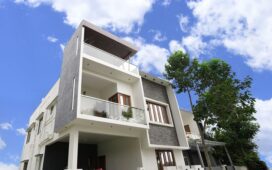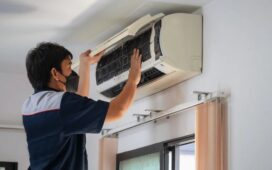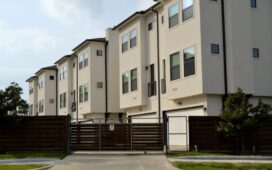Flat roofs are a popular choice for many commercial and residential buildings due to their modern design and cost-effectiveness. However, like any roofing system, flat roofs are prone to issues over time, such as leaks, sagging, and ponding water. It is crucial to detect these issues early on and implement the necessary repairs to prevent further damage. In this article, we will explore common problems that arise with flat roofs and discuss effective solutions to ensure their longevity.
1. Identifying Leaks
One of the most common issues with flat roofs is leaks. Detecting leaks can be challenging since water tends to flow horizontally before it enters the interior of the building. However, there are several signs to look out for, including water stains on the ceiling, mold growth, and damp areas on the walls. It is essential to address leaks promptly to prevent structural damage and potential health hazards.
Solution: To repair leaks, start by identifying the exact source of the problem. Inspect the roof surface for cracks, punctures, or damaged flashing. These areas can be patched using roofing cement or specialized sealants. In more severe cases, professional assistance may be required to identify hidden leaks and provide comprehensive repairs.
2. Addressing Ponding Water
Flat roofs are susceptible to ponding water, which occurs when water accumulates and does not drain properly. This issue is usually caused by poor roof design, clogged drainage systems, or improper installation. Ponding water can lead to roof deterioration, membrane damage, and structural instability if left unaddressed.
Solution: Improving the drainage system is key to resolving ponding water issues. Clearing debris from gutters, downspouts, and roof drains is essential to ensure proper water flow. Additionally, installing tapered insulation or creating slopes on the roof surface can help redirect water toward drainage points, minimizing the risk of ponding.
3. Repairing Membrane Damage
The membrane is a crucial component of flat roofs, providing waterproofing and protection against the elements. Over time, the membrane may experience damage due to UV exposure, extreme weather conditions, or foot traffic. Damaged or deteriorated membranes can lead to leaks and reduced roof performance.
Solution: Repairing membrane damage involves cleaning the affected area, removing debris, and applying a specialized membrane repair product. These repair materials are designed to bond with the existing membrane and restore its integrity. It is important to consult with roofing professionals to ensure proper application and compatibility with the existing roofing system.
4. Preventing Roof Sagging
Roof sagging is a serious issue that can compromise the structural integrity of a building. It occurs when the roof deck or supporting structure weakens and begins to buckle under the weight of the roof. Common causes of roof sagging include inadequate support, excessive weight load, or water damage.
Solution: Addressing roof sagging requires professional expertise to assess the extent of the damage and determine the appropriate solution. Reinforcing the roof structure with additional support beams or installing steel braces can help restore its integrity and prevent further sagging. It is crucial to consult with a structural engineer and roofing professionals for an accurate assessment and proper flat roof repair.
In conclusion, regular inspection and timely repairs are essential for maintaining the integrity of flat roofs. Detecting issues such as leaks, ponding water, membrane damage, and roof sagging early on can prevent costly damage and ensure the longevity of the roofing system. Remember to consult with roofing professionals for proper assessment and effective repairs. With proper care and maintenance, flat roofs can provide durable and reliable protection for years to come.








